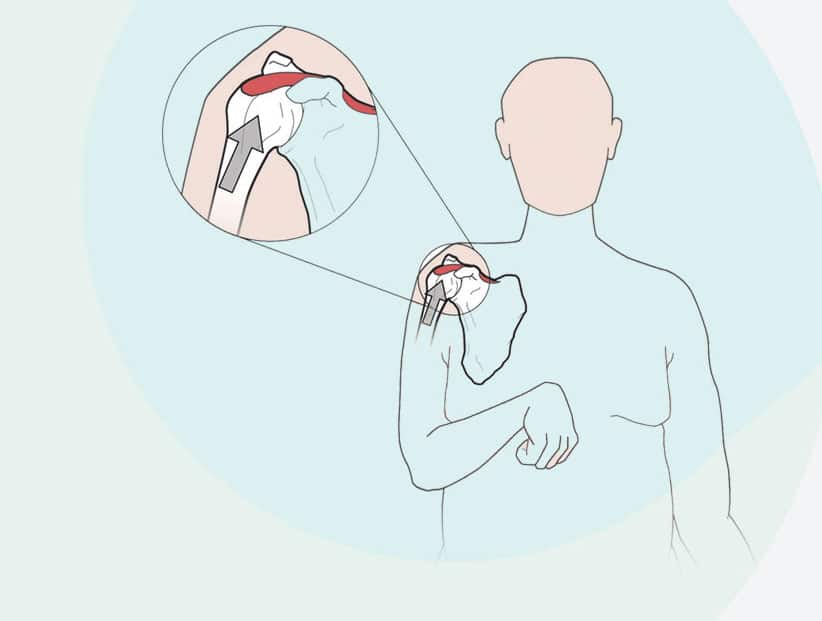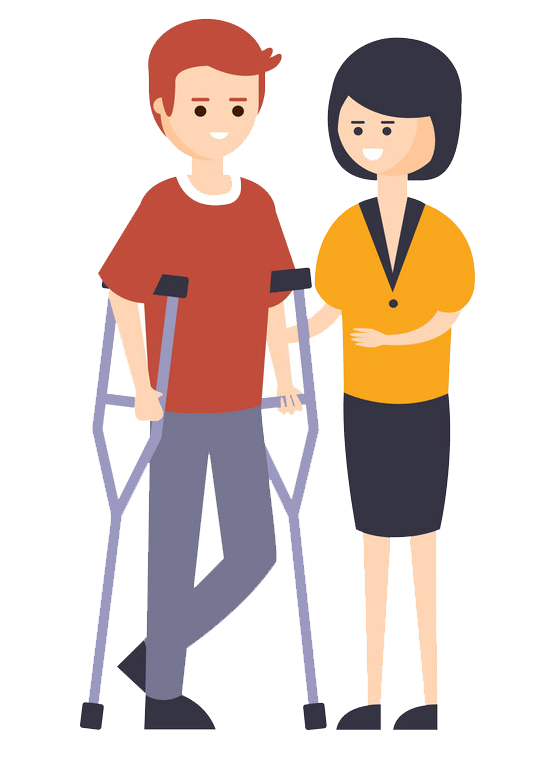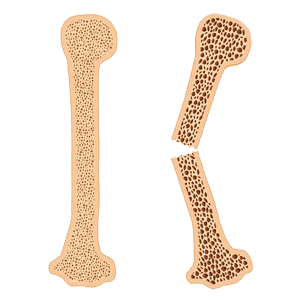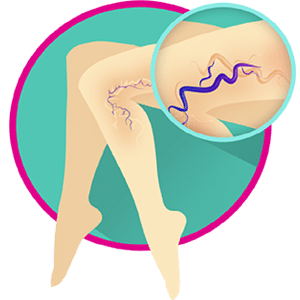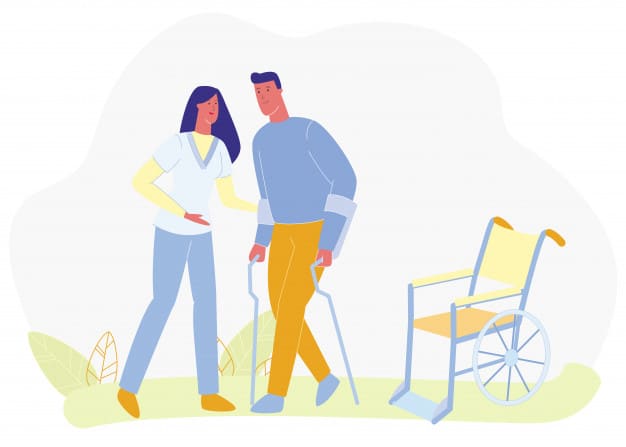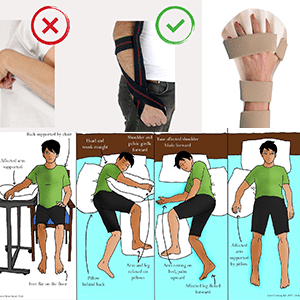For enquiry / Directions / Feedback – Call +91-9555-404-040

Spasticity is the increased, involuntary, velocity-dependent muscle tone that causes resistance to movement. It is most commonly seen in spinal cord injury, trauma to the brain, or inflammatory conditions. Spasticity is characterized by hypertonicity, hyperactive stretch reflexes and clonus. It typically occurs below the level of neurological lesion among people who have upper motor neuron lesions.
